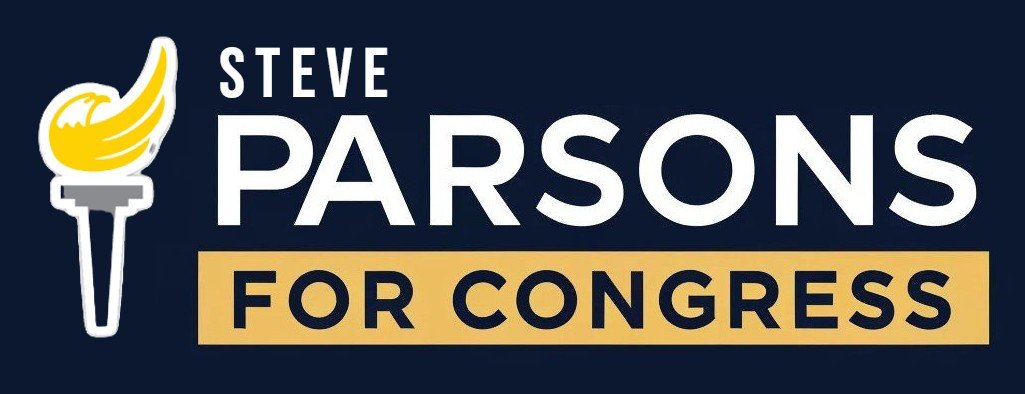The U.S. Mexico Canada Agreement (USMCA) Increases Regulations and Prices in the Auto Industry – Another Cause of Inflation
by Steve G. Parsons, Ph.D.
In January 2020, to great fanfare, Donald Trump signed the U.S. Mexico Canada Agreement (USMCA) to “replace” the prior three-nation agreement, the North America Free Trade Agreement (NAFTA).
USMCA - More Regulations. However, the Congressional Research Service states “USMCA, composed of 34 chapters and 12 side letters, retains most of NAFTA’s chapters, making notable changes to market access provisions for autos and agriculture products …” (Available at, U.S.-Mexico-Canada (USMCA) Trade Agreement (congress.gov)). The free enterprise and free trade-oriented Cato Institute stated it its publication Regulation (available at Is NAFTA 2.0 Better than Nothing? | Cato Institute): “Regulation is a general problem in the USMCA, even more than it was in NAFTA.” USMCA has more than 3 times as many pages as NAFTA; this is generally a sign of greater government restrictions, more regulation, and less free trade.
The USMCA created greater business restrictions in the auto industry in three ways. First it requires 75% of vehicles parts be made in North America (up from 45% in NAFTA A and up from 62.5% under later NAFTA requirements). Second, auto manufacturing and auto parts manufacturing must be performed by workers earning at least $16/hour. And third, North American car and truck manufacturers will also have to purchase 70% of their steel and aluminum in US, Mexico or Canada in order to avoid tariffs.
Good for Some. These regulations are good for auto workers, especially union workers, who can keep their jobs. The final version of the USMCA was clearly pro-union, endorsed by Nancy Pelosi and the president of the International Brotherhood of Teamsters, who said USMCA produced “considerable progress on workers’ rights.” Richard Trumka, president of the AFL-CIO, claimed that union leaders greatly “improved” USMCA in later iterations.
Bad for Everyone Else. However, these regulations are bad for workers who may lose their jobs and bad for potential workers of the future who will never be hired. These regulations are also bad for consumers. One estimate, before the UAW strike in 2023, was that USMCA would cause 1.3 million fewer vehicles purchased per year due to higher auto prices. Between March 2021 (when USMCA started to have a meaningful effect) and March 2024, the St. Louis Fed shows new vehicle prices rose 19.4%. (Consumer Price Index for All Urban Consumers: New Vehicles in U.S. City Average (CUUR0000SETA01) | FRED | St. Louis Fed (stlouisfed.org)). The USMCA’s restrictions helped set the stage for the 2023 UAW strike. Anderson Economic Group estimated that the strike itself caused $9.3 billion in lost U.S. productivity.
Would Donald Trump really have left us with a trade deal with so many business restrictions? The short answer is — yes. Unlike most prior Republican leaders who favored free trade, Donald Trump is essentially a protectionist. He has said import tariffs are “beautiful” and his 2024 campaign rhetoric promises more tariffs if he is elected again. To be clear, Joe Biden is also a protectionist (like most democrats); he has wasted opportunities to cut import tariffs since he has been elected.
USMCA is a pro-union protectionist policy for the auto industry. No wonder Trump has stronger support among union members than any prior republican president. However, like any protectionist policy, the higher prices caused by “protecting” some American jobs, while losing more jobs in other industries (often behind the scenes) and hurting consumers - is simply bad policy and one of the causes of inflation. Protectionism, whether through restrictions in a trade agreement or through import tariffs – causes inflation and causes a net loss of jobs.
